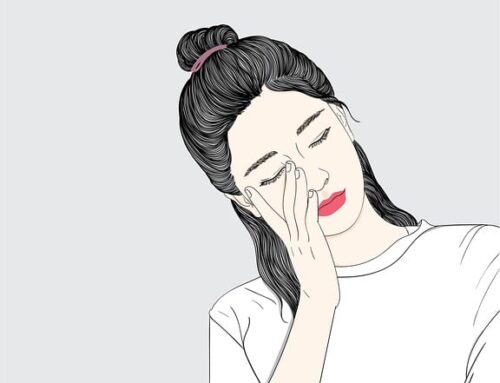Can you tell the difference between a headache and a migraine? Most people can tell when they are having a headache, but what about a migraine? Since migraines take on many shapes and forms, it can be difficult at times to decipher the difference. Migraines are a specific type of headache with a variety of symptoms that requires specific treatment that is often different than a regular headache. Most headaches are harmless, but in a small number of cases they might be a symptom of something more serious. Being able to spot the signs of a migraine is useful for patients to know what it is, plan ahead and seek migraine-specific treatment when needed. Here are 4 signs your headache might be a migraine:
Nauseousness
Have you ever felt nauseous when your head was pounding? Feeling nauseous combined with a headache can often signal a migraine. A small number of people might get physically ill or experience a “sour” stomach. Since this is often a sign of a migraine, sleeping for a few hours might help to ease the unpleasant feeling of being sick, as well as the pounding headache you are experiencing at the same time. A little rest can go a long way.
Light and Sound Sensitivity
Those lights are so bright they hurt! Ouch, why is it so loud in here? Sound familiar? A migraine will heighten your sensitivity to both light and sound. When exposed to bright light and noise, it can often make you feel worse than you already do. This occurs because of neurological changes taking place before you feel a throbbing pain in your head. If you lay down in a dark, quiet room, maybe even using earplugs or noise-cancelling headphones, it will help ease the pain and discomfort.
Movement is Too Much
If you turn your head in even the slightest movement, you might immediately feel sick or dizzy. This might cause you to want to lay in bed with the curtains closed and not move for the rest of the day and I don’t blame you. Listen to your body. If you feel you need rest, then do it. By moving around or doing physical work, you could make your migraine worse.
An Aura
Another part of a migraine that many might not be aware of is an aura. Approximately one in three people experience an aura during their migraine. And sometimes that aura is the only symptom and no pain is associated. Auras can include blurred vision with black or colored spots, and sometimes numbness and changes in sensation over the hand, arm, lips, tongue and face. These can last from a few minutes to an hour and normally occur before and sometimes up until the throbbing pain begins. Be sure to check with a medical professional to see if it is a migraine because a more serious condition might be present in a similar way.
Migraines often have environmental and lifestyle triggers, such as stress, certain foods and alcohol. If you have further questions about migraines or their dental origin, contact my office today.







